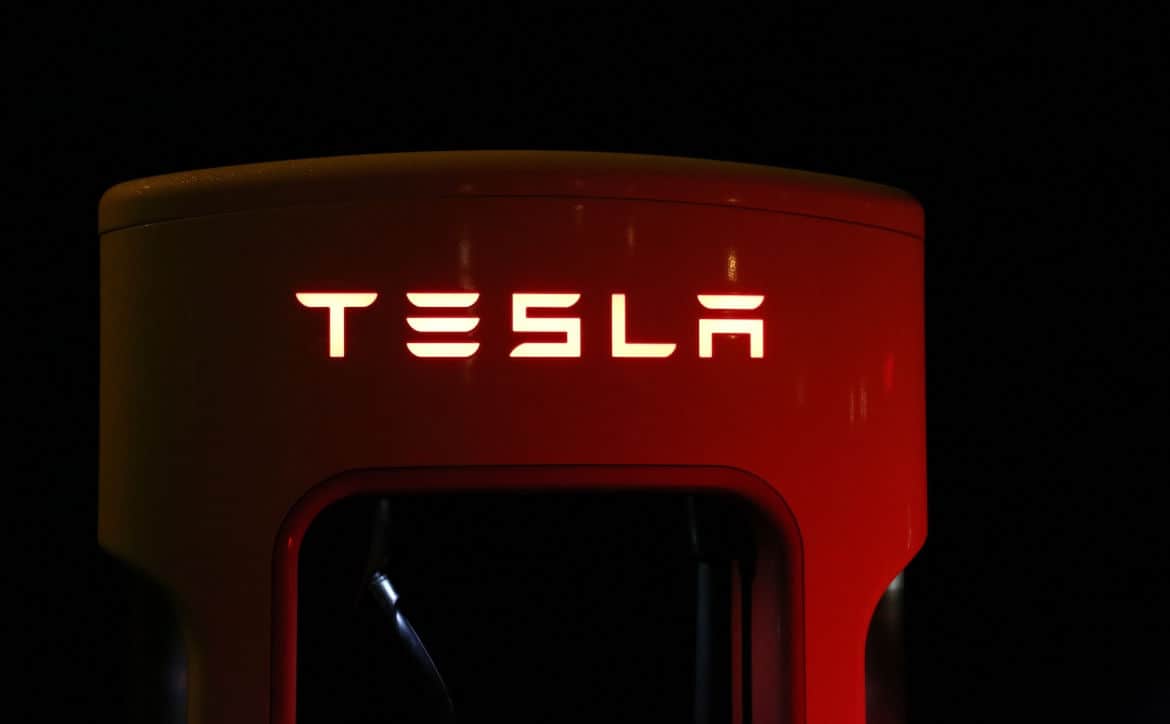Batteries might come in all shapes and sizes, ranging from the tiny button cells in your watch to the massive lead-cell models that help start your car every morning. They may use different materials to create or store a charge. Still, they all have one thing in common: each is capable of a limited number of charging cycles before replacement becomes necessary. Battery technology is becoming critical as more electric vehicles roll off assembly lines.
Estimated reading time: 5 minutes
How is battery technology changing, and what innovations can we expect to see in the coming years?
Overcoming Challenges
The demand for batteries and battery technology – especially the large lithium-ion battery packs found in electric cars – is climbing every year. The battery pack in an EV can last 10 to 20 years before replacement is necessary, whereas traditional lead-acid automotive batteries have a lifespan of three to five years.
The demand for EV batteries and other types of rechargeable lithium-ion batteries has also created a dangerous shortage of vital rare earth metals like lithium and cobalt used in their manufacture. Lithium prices are skyrocketing, and industry experts expect shortages to continue through the rest of the decade unless some significant changes happen.
While these shortages aren’t the only variable fueling the push toward new battery innovations, there are plenty of new technologies on the horizon that could help offset the lithium shortage or eliminate our collective reliance on this rare earth metal.
New Battery Technologies to Look Out For

We could quickly write a book on the new battery technologies emerging every year, but for now, we’ll stick to the 12 that we’re most fascinated by and excited about.
Replacing Graphite With Silicon
Current generation lithium-ion batteries use graphite in their anodes. Researchers are looking for a way to replace graphite and have landed on sand – or, more specifically, silicon. Silicon anodes offer three-times better performance than graphite in the same batteries. Unlike many other significant advances on this list, swapping graphite for silicon is an easy step that manufacturers can drop into their existing processes.
String Cell Batteries
Currently, when you replace a battery, all you need to do is take the old one out and put a new one in. For larger batteries or those integrated with the device, this can be challenging or even impossible.
String cell batteries are the brainchild of TankTwo and are one of the first steps toward modular batteries. Each battery is a plastic enclosure lined with conductive materials. The cells contained within can self-organize depending on the device’s needs.
A trip to the charging station is different from the current EV charging process. Instead of sitting and waiting while it recharges, the spent cells are removed and replaced with fresh ones.
Gold Nanowire Gel Electrolyte Batteries
Gold is frequently used in electronic devices, but it’s not something you usually find in batteries. Researchers tried coating gold nanowires with a layer of manganese dioxide and then covering them with electrolyte gel instead of liquid electrolytes.
Unlike traditional batteries, which are spent after 6,000 charge cycles, a gold nanowire battery could last upwards of 200,000 cycles.
Organosilicon Electrolyte Batteries
Lithium is a fantastic element for making batteries, but it’s also incredibly volatile when exposed to air. It doesn’t take much to ignite elemental lithium, making these batteries more dangerous.
Chemistry professors at the University of Wisconsin-Madison have developed an organosilicon liquid solvent that reduces or eliminates the risk of battery ignition. Something like this could have prevented a pierced battery pack from causing a Tesla Model X to burn to the ground on the frozen surface of Lake Champlain in 2019.
Zinc-Manganese Oxide Batteries
Most modern batteries use lithium or lead in their construction, but recent research has proved that these aren’t the only battery technology options.
Researchers at the Department of Energy’s Pacific Northwest National Laboratory recently discovered that using zinc-manganese oxide could increase the energy density of traditional batteries without increasing their overall costs. This is still a relatively new discovery, but it can replace both lithium-ion and lead-acid batteries if it comes to market.
Lithium-Tungsten Batteries
While this advancement doesn’t reduce our reliance on lithium, it can help make those same batteries store a lot more energy.
N1 Technologies added tungsten to a copper anode substrate. This created a better surface for ions to adhere to during charging and allowed the batteries to charge faster and store more energy overall. The addition of carbon nanotubes means these batteries can be cut to any size or shape necessary for a design.
Lithium Carbon Dioxide Batteries
Everyone is concerned about carbon dioxide and greenhouse gas emissions. What if we could capture CO2 and turn it into a battery? Researchers are working on a way to use captured CO2 from industrial settings and pair it with lithium to create a battery that can potentially hold up to seven times more energy than a comparable lithium-ion battery.
IBM’s “Sea Water” Batteries
When most people look at the ocean, they think of fish, waves, and sandy beaches. IBM, when they look at the beach, see batteries.
The company’s new battery – which we don’t have a lot of information on quite yet – is derived from seawater. It’s capable of outperforming lithium-ion batteries without needing any heavy or rare earth metals, like nickel and cobalt, to achieve that goal.
Entering the Golden Age of Battery Technology
The need for batteries isn’t going to go away anytime soon, but the technology needs to change if we’re to keep up with the growing demand. This isn’t an exhaustive list by any means. In fact, it’s said that we’re entering the golden age of battery technology, and we couldn’t agree more.
What do you think of battery technology? Please share your thoughts on any of the social media pages listed below. You can also comment on our MeWe page by joining the MeWe social network.










